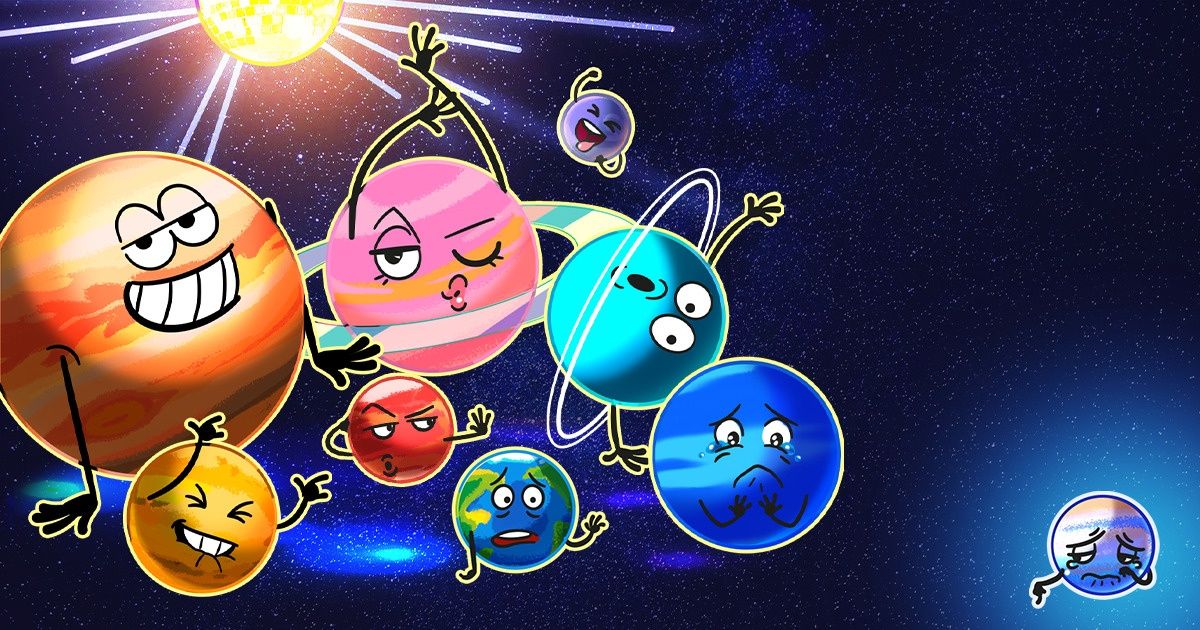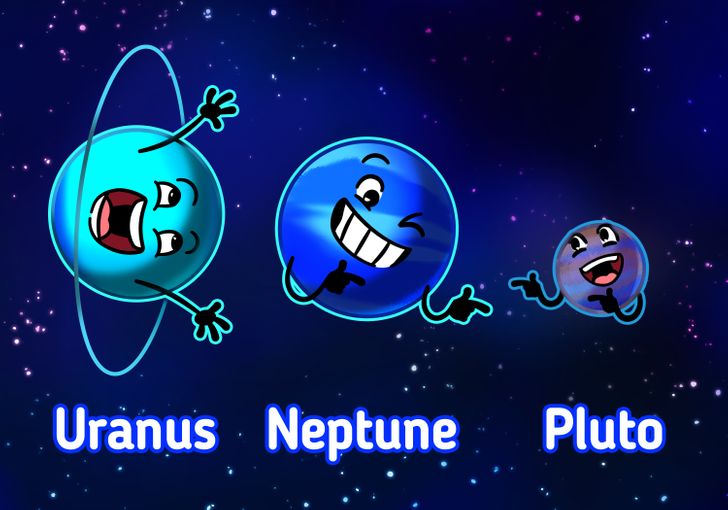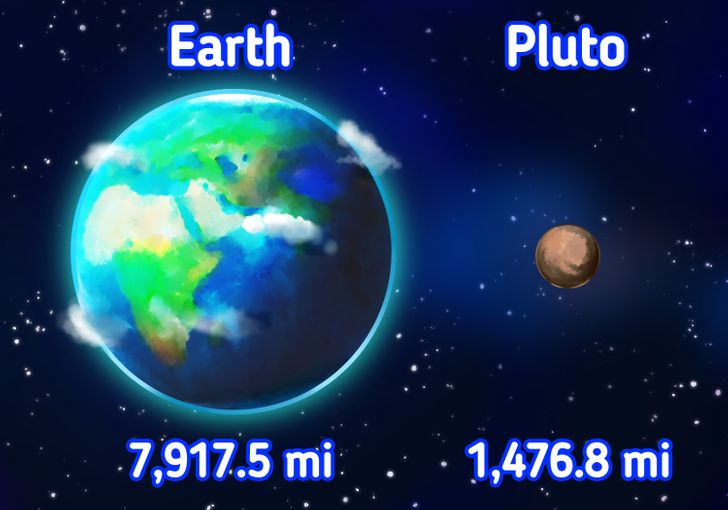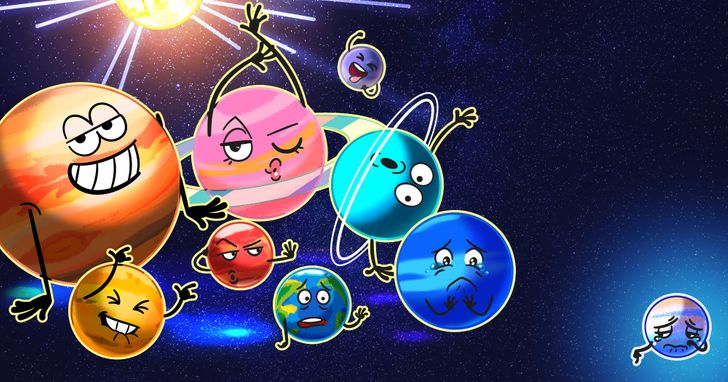Why Pluto Is No Longer a Planet

Previously, Pluto was one of the planets of our solar system. However, in 2006, the International Astronomical Union defined the term “planet,” and Pluto could no longer meet these criteria. As a result, it was given the status of a dwarf planet and was excluded from the list of main planets of the solar system.
5-Minute Crafts would like to tell you about how a dwarf planet is different from a regular one, when and how Pluto was discovered, and how it is different from the other things found in the solar system.
When and how Pluto was discovered

In the nineteenth century, astronomers repeatedly recorded the perturbations in the orbit of Uranus, the seventh planet in the solar system in terms of its distance from the sun. They were sure that it was influenced by another eighth planet. This was how Neptune was discovered in 1846.
However, subsequent observations led to the assumption that one more planet, the ninth from the sun, influences the orbit of Uranus. At the beginning of the twentieth century, scientists started the task of finding it, and in 1930, they succeeded. Young astronomer Clyde Tombaugh took photographs of the night sky every few days, and after a year of observations, he finally found a moving object in 3 photos from January 21, 23, and 29.
As the rest of the planets, the new one was named in honor of the Roman god of the underworld, Pluto. According to tradition, the satellites of the planet were named after the people surrounding the god. Thus, Pluto’s moon, Charon, which was discovered in 1978, was named after the ferryman of the dead.
Pluto’s physical characteristics

Due to Pluto’s distance from Earth, the planet’s surface hasn’t been studied much. It’s believed to be 98% solid nitrogen with traces of methane and carbon monoxide. Surface temperatures range from −382°F (-230°C) to −346°F (-210°C).
Pluto’s orbital period is 248 years, and its day is equal to almost 7 Earth days, approximately 6.387 days. Pluto’s mass is small — only 0.22% that of Earth. Its diameter is 1,476.8 miles, which is almost 5 and a half times smaller than that of Earth (the diameter of Earth is 7,918 miles). Despite all of this, Pluto is the largest Kuiper belt object beyond the orbit of Neptune.
Pluto has 5 moons. The largest and closest of them is Charon, which rotates synchronously with the planet. The rest of the moons, Styx, Nix, Kerberos, and Hydra, revolve around Pluto at their own pace.
The difference between a dwarf planet and a regular one

In 2006, the International Astronomical Union gave the official definition of the term “planet.” According to them, an object should meet the following criteria:
1. It orbits the sun.
2. It has a sufficient mass to take a shape close to spherical under the influence of its gravitational forces.
3. It has cleared the space around its orbit.
Pluto meets the first 2 criteria but doesn’t meet the third one. Its mass is much less than the combined mass of the other objects in its orbit by −0.07 times. At the same time, Pluto fully meets the criteria of a dwarf planet.
1. It orbits the sun.
2. It has a sufficient mass to take a shape close to spherical under the influence of its gravitational forces.
3. It hasn’t cleared the space around its orbit.
4. It’s not a satellite of any other planet.